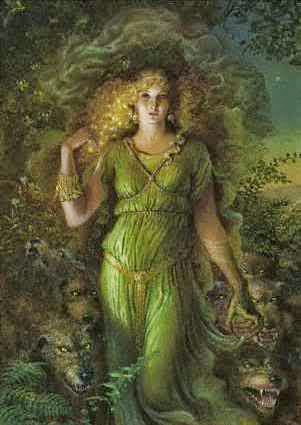Pagan Stone-Worship Megaliths and Native Americans
Across northern and central Indiana are numerous ancient venerated stones. Large boulders with bowls carved into the top. This carved bowl in Wabash County, Indiana has a natural spring that runs into the basin. There is little difference in the animistic religion of the Megalithic people and the Early Native Americans.
Besides the heavenly bodies, we find that rivers, springs, trees, mountains, and stones were all objects of veneration among this primitive people. Stone-worship was particularly common, and is not so easily explained as the worship directed toward objects possessing movement and vitality. Possibly an explanation of the veneration attaching to great and isolated masses of unhewn stone may be found in their resemblance to the artificial dolmens and cromlechs.40 No superstition has proved more enduring. In A.D. 452 we find the Synod of Arles denouncing those who “venerate trees and wells and stones,” and the denunciation was repeated by Charlemagne, and by numerous Synods and Councils down to recent times. Yet a drawing, here reproduced, which was lately made on the spot by Mr. Arthur Bell41 shows this very act of worship still in full force in Brittany, and shows the symbols and the sacerdotal organization of Christianity actually pressed into the service of this immemorial paganism. According to Mr. Bell, the clergy take part in these performances with much reluctance, but are compelled to do so by the force of local opinion. Holy wells, the water of which is supposed to cure diseases, are still very common in Ireland, and the cult of the waters of Lourdes may, in spite of its adoption by the Church, be mentioned as a notable case in point on the Continent.
Stone-worship at Locronan, Brittany

